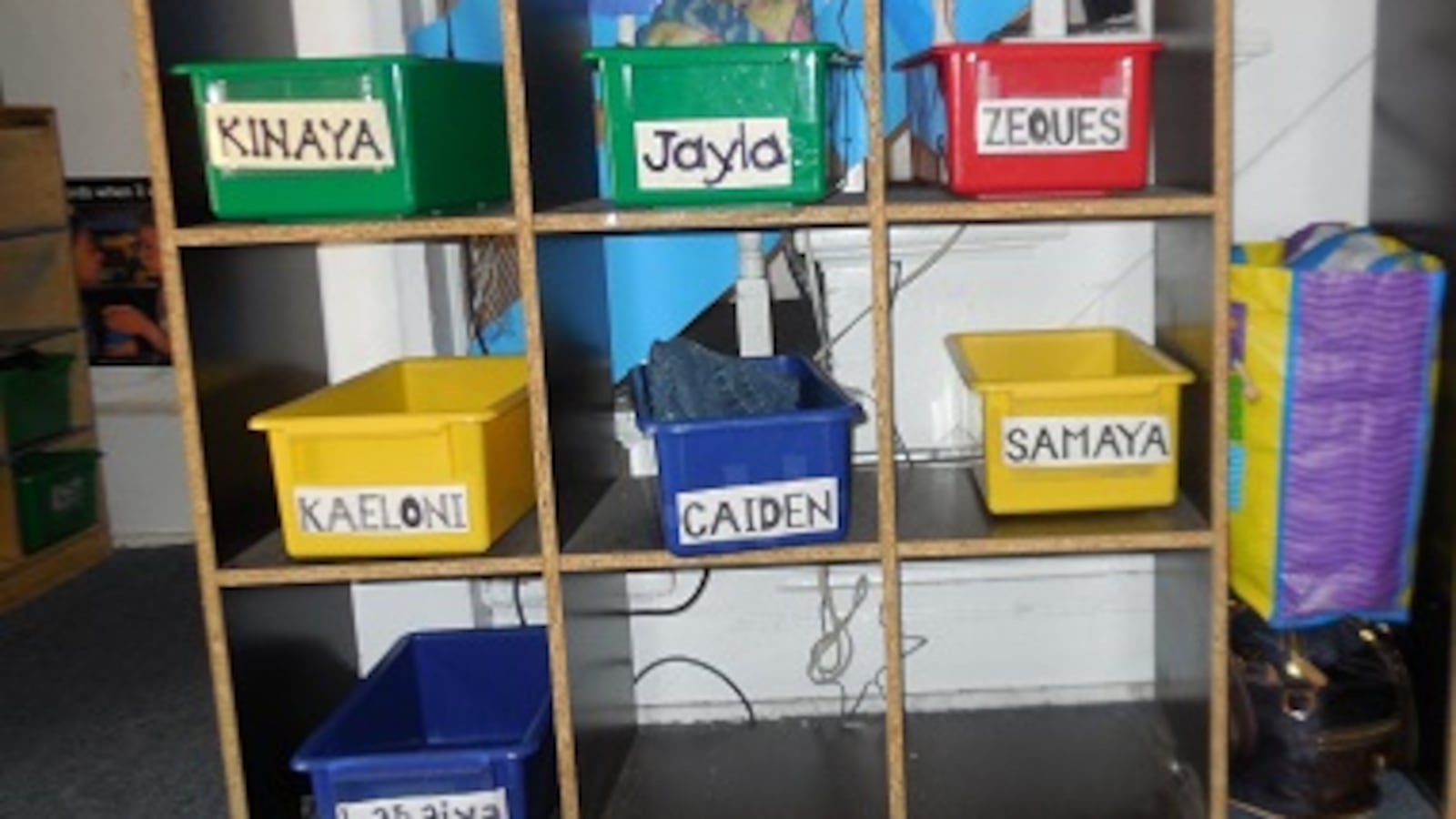The average annual cost of child care now outpaces what families spend on a year of rent in Illinois, according to a new report that examines child care costs nationwide.
Illinois is one of the 15 least affordable states in the country, according to the report from the Virginia-based nonprofit Child Care Aware of America. The nonprofit examined costs across the United States and adjusted them for median income and cost of living.
“Families are seeing that child care is a significant portion of the bill they have to pay,” rivaling the cost of college tuition, rent, and even sometimes mortgage payments in some areas of the country, said Dionne Dobbins, senior director of research at Child Care Aware.
The average annual cost of center-based care for an infant in Illinois has reached $13,474 — which is a staggering 52 percent of the median income of a single-parent family in the state and nearly 15 percent of the state’s median married couple’s income.
That figure put it 13th among the least affordable states, which were ranked by the percentage of a single-parent family’s income spent on child care. Massachusetts topped out at nearly 65 percent of a single-parent family’s median income for center-based infant care.
In Illinois, care for toddlers and older children before and after school also consumed a greater percentage of a family’s income compared with other states. Illinois ranked 14th for toddler care as a percentage of median income, with an average cost of $11,982 for full-time toddler care at a center.
The state was among least affordable for the cost of three months of summer care.
Illinois offers a child care subsidy intended to offset the costs of care for low-income working families, but that program has been rocked by shifting eligibility requirements and compliance issues. Participation in the program has dropped by a third since 2015, when Gov. Bruce Rauner’s administration changed eligibility requirements.
Dobbins said that, across the United States, child care subsidy programs are under pressure as states tighten compliance and lower reimbursement rates. In some states like Illinois, rising minimum wages have rendered some families ineligible for subsidies or staring down co-pays that they can’t afford.
Dobbins said that nationally, only one in six children eligible for subsidized child care actually ends up using it.

